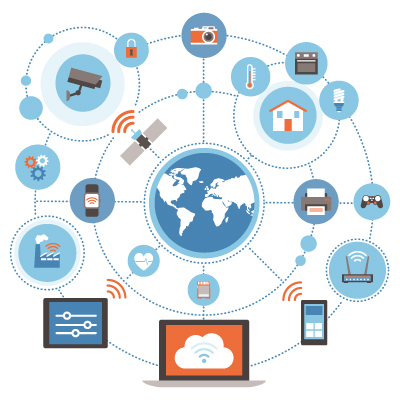Most businesses these days utilize cloud computing in some way (about 90 percent, as a matter of fact). How is your business utilizing this technology? Regardless, you want to have security locked in for your cloud computing resources, which is what we want to focus on for today’s blog article.
Being a green business is a great thing. It not only helps your company become more environmentally friendly, but it can also attract customers who care about the environment. What’s less talked about is how being green can actually give your business a competitive edge in certain situations.
When you think about it, the technology we have today is truly awe-inspiring, simply because it enables us to be so much more productive as we exercise our creativity. All one really has to do to prove its value is to compare the quality of life we enjoy now as compared to almost any time in the past. However, this does not mean that everyone is using technology to its full capacity and, as a result, suffering some consequential effects. Let’s consider some of these effects to reinforce why it pays to embrace the potential uses of technology fully.
AI might be able to pull off some crazy things, but it’s far from perfect. Depending on the service or solution, it can dramatically increase your output or change your workflow for the better. If you’re not up-to-snuff with your Photoshop skills, you can rely on AI to help you fill in the gaps, both literally and figuratively, in your photo editing skills.
The Internet of Things, or IoT, has transformed how modern businesses operate in 2024. Whether you’re a manufacturer or a healthcare provider, the IoT offers previously impossible applications, from real-time data collection to smarter decision-making. Let’s explore some ways your business can use IoT in 2024.
All businesses use technology to varying degrees, typically to improve operations or offer innovation through a service or product. SMBs often benefit from the increased use of technology in the business world, as it’s generally quite effective at solving their problems and accessible enough that even companies on a budget can afford it. Let’s look at some opportunities your own business might have in 2024.
In 1987, the United Nations defined sustainability as “meeting the needs of the present without compromising the ability of future generations to meet their own needs.” Today, almost 40 years later, businesses have various options to help promote their own sustainability. Let’s discuss just a few options and how we can help you enact them.
With business technology, your company can reap countless benefits, but at the same time, failing to implement the right tools—or worse, implementing the wrong tools altogether—can have devastating consequences. Today, we want to help you understand how you can make the best, most educated decisions regarding your business technology needs while avoiding investments in technology that won’t pay dividends.
For reasons that we’re all too familiar with, the workplace changed drastically a few years ago when office workers everywhere suddenly found themselves thrust into remote work. As it turns out, a lot of them have liked being able to work remotely. That makes the efforts of a few outspoken companies to roll back remote work somewhat worrisome… but experts aren’t convinced these outliers represent the reality of the situation.
Many individuals were skeptical about foldable phones when they were first introduced, all thanks to higher prices and stories about how fragile they are. That said, those who have stuck with the concept have contributed to the excitement and built it up to be a legitimate option that actually makes sense.










